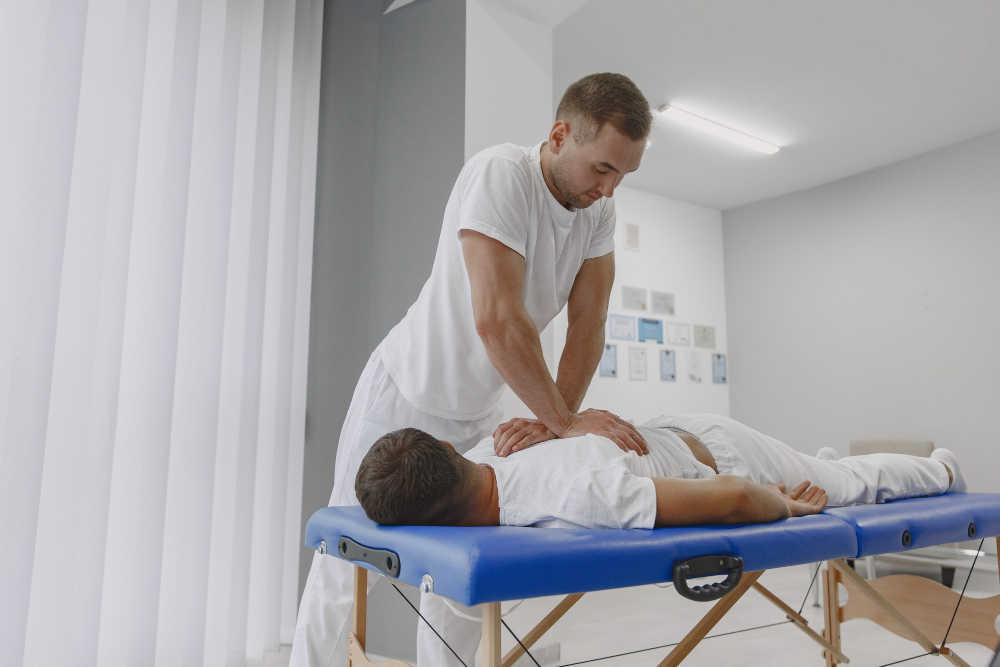
Our hip joint is the second most mobile joint in our body behind our shoulder. Not only do we have a lot of motion we have a lot of directions the hip can go. If we compare it to our knee, our knee flexes and extends and that is pretty much it (yes it does have a small degree of rotation as well but we’re not going that in depth here). Our hip can flex and extend as well as abduct (lift to the side), adduct (lift across the other leg), and rotate in 2 directions. It also can go into all of those directions quite a bit giving the hip joint a lot of movement potential. The hip needs all of this motion because our hips play a MAJOR role in walking, squatting, and hinging. Those 3 movements make up a significant portion of the movements most people do every day. So when we lose that mobility in our hip our body has to make up that movement potential to go through those movement patterns, and it accomplishes this through our lumbar vertebrae, sacrum, and pelvis. The problem that occurs here is that our lumbar spine, sacrum and pelvis do have the ability to move through all of those ranges of motion that our hip does, but not nearly to the same extent. Where the hip has 45 degrees of rotation both ways the lumbar spine has around 12 degrees of rotation each direction. So as you can see the less hip mobility we have the more strain we are going to put on our low back.
So when I have a patient who is experiencing low back pain I always look at the hips and more often than not I find restricted hips. Now just improving hip mobility is not the end all be all of fixing low back pain but it absolutely plays a role in it. I would say the most important thing about hip mobility is more for reducing the chance of low back pain in the future. Our hips act as a buffer to our low back. If you think about it, we walk on our feet so every step, squat or hinge we do those forces travel up from the ground through the foot, ankle, knee, and hip before it gets to the low back. This lack of mobility over time is also going to have impacts on the hip joint itself. Hip replacements and fractures are becoming common in the elderly and many of them have limited mobility. Decreased mobility is going to place excess stress on the hip joint which can cause structural changes over time.
Hip mobility is very important. Getting it to move through its full range of motion is going to allow it to function to its full potential. In today’s society with decreased activity and more sitting it’s very easy to lose that hip mobility. This can result in hip or low back pain which is very prevalent in today’s society. Let’s take the first step in trying to improve the function of those hips and start working on our hip mobility.



